One of the reasons many people like gardening is because they like to create an environment that local wildlife, like birds and insects, can enjoy.
The great thing about attracting birds and insects to your garden is that, overall, you will generally improve the health of your garden.
More...
How to Attract Wildlife to Your Garden
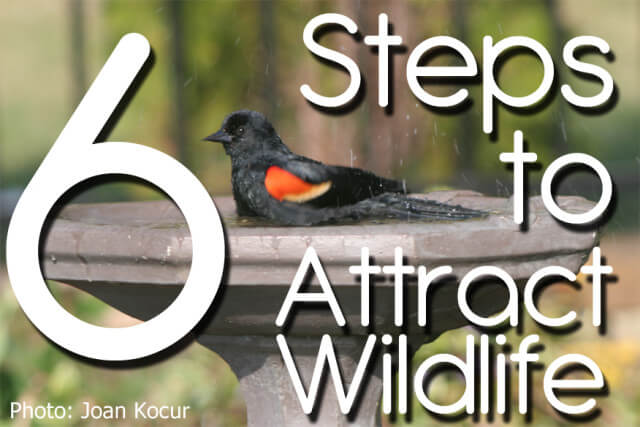
Sure, there are wildlife that you don’t really want to attract as some wildlife can have the opposite effect and harm your garden, but overall, attracting birds and insects is an important step in growing a healthy, beautiful garden.
So, here are 6 steps you can take to encourage wildlife to come to your garden.
1. Have lots of flowering plants throughout the various flowering seasons.

Birds and insects are attracted to flowers because flowers produce nectar and this is a very good food for birds and insects.
If you can set up your garden such that there are always flowering plants then you will encourage return visitors and may even be lucky enough to attract wildlife to live throughout your garden on a more permanent basis.
Having birds and insects around your flowers is good because flowers position their pollen right where the nectar is, so that when birds and insects reach in the get the nectar, they also pick up some pollen.
Birds and insects helps in pollinating other flowers so that plants can re-produce, keeping them happy and healthy.
2. Install a bird bath
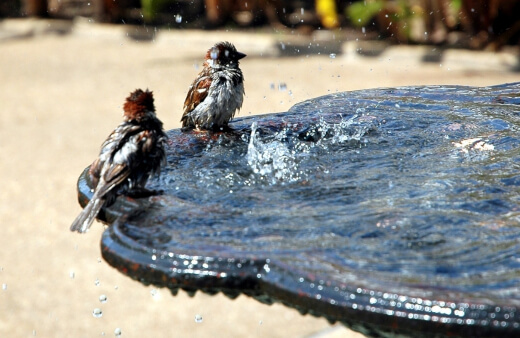
Wildlife require food to survive, but of course they also all require water! If you have a bird bath in your garden, you will increase the chances of alluring a beautiful variety of feathered friends to your yard.
This can also be used as a feature in your garden with the right choice of bird bath, or you can hide it within larger shrubs, as long as the top is free for birds to be able to get to it. Just make sure you are able to top it up!
Here are the Best Bird Bath Ideas to choice from.
3. Have a mix of Shrubs and Small Tree’s
Various wildlife require very different environments to thrive. Birds like to fly in and rest in tree’s and amongst shrubs. Insects like to rummage in and around mulch and other organic matter.
Birds will also like to feast on the insects that you have throughout! The best gardens have a real mixture of ground level shrubs, mid level shrubs and small trees.
This provides the needs for many different birds and insects which can lead to great sounds in and around your garden as the birds and insects interact with their own kind, or warn others of their presence.


Get Your Free Guide:
Master Growing Australian Natives eBook
A Must Have Complete Guide for Every Australian Garden
Get Your Free Guide:
Master Growing Australian Natives eBook
A Must Have Complete Guide for Every Australian Garden
4. Spread a few Rocks around your Garden
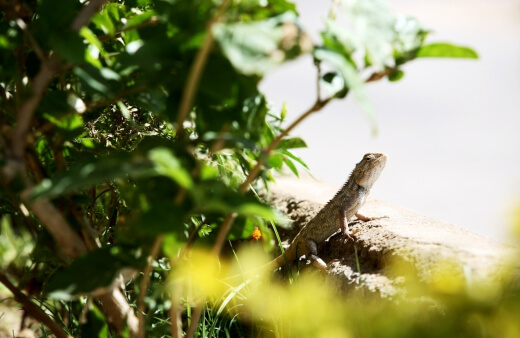
Many small animals, such a geckos and lizards, require warmth to operate because they are cold blooded. One great way to encourage these animals into your garden is to litter small rocks or boulders throughout your shrubs.
Rocks and boulders absorb heat and make great resting spots for insects and reptiles to gain energy and generally spend time. Of course, for these very same reasons you need to be aware of snakes because snakes love a good, hot rock.
If you are in a known snake area, you may still like to add rocks, just keep an eye out for any unwanted snake visitors.
5. Install nest boxes and rotting logs
If you are really serious about encouraging wildlife to make their home in your garden you might want to actually add some homes!
A few nest boxes perched in the branches of small trees will encourage birds to make their abode in your garden and a few, strategically placed old logs will make the perfect home for some local insects.
You can even incorporate logs as a feature in your garden, planting shrubs around it which can produce quite a nice effect.
6. Make sure pets won’t disturb your visiting wildlife
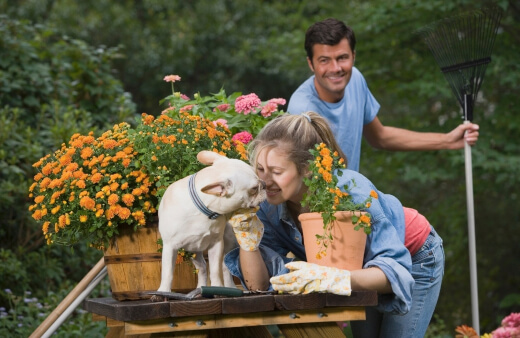
One of the biggest reasons why people can’t get wildlife to visit or even live in their gardens is because their pets prey on anything that comes by! If you have a cat, make sure you make use of a cat bell.
Yes, many crafty cats can still get around this but you will increase your chances of encouraging wildlife in this way. If you have dogs, you may also want to use invisible dog fences on some of your garden area’s to stop them getting in their and digging holes or generally scaring wildlife away.
Native wildlife needs to feel safe in order for it to make its home and this is not likely if cats and dogs will be chasing them! Perhaps create your wildlife garden in spaces that your pets do not normally occupy?
If you keep your cat indoors or your pets out the back, make your front garden into an attractive wildlife spot. Perhaps create one area out the back that your pets can’t generally get to but with access for local wildlife.
Either way, doing your best to separate your pets and your garden will help in encouraging wildlife to make its home at your place.
Final Words on Attracting Wildlife to Your Garden
Of course, if you like a quiet garden without bird and insect noises, or you are not a fan of various animals living and lurking around your garden, then you won’t want to create an environment for them.
This will limit your gardens health, because of the reasons mentioned above, but it is still possible to have a nice garden without inviting too many birds and insects.
If you want to limit these, check out your local garden centre for idea’s. I myself LOVE to encourage wildlife in and around my garden!
Published on August 25, 2021 by Gary Clarke
Last Updated on December 23, 2025


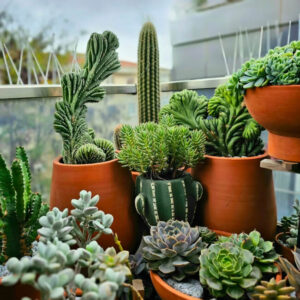

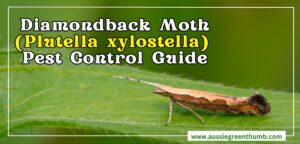
Whoa, I don’t think I’d have ever thought of some of these tips on my own. Especially that third one, that’s really clever. I’m going to have to start doing some of these!
Big thanks!
My dad lives near fremantle and planted out his front garden with local native plant species and has had bandicoots move in and begin a family.